
Under the Whyte notation for the classification of steam locomotives, 0-6-4 represents the wheel arrangement of no leading wheels, six powered and coupled driving wheels on three axles, and four trailing wheels on two axles.
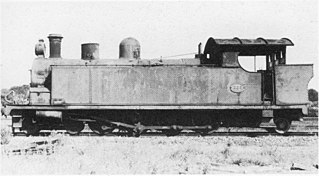
The South African Railways Class H1 4-8-2T of 1903 was a steam locomotive from the pre-Union era in Transvaal.
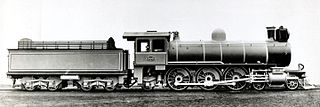
The South African Railways Class 9 4-6-2 of 1904 was a steam locomotive from the pre-Union era in Transvaal Colony.

The South African Railways Class 8B 4-8-0 of 1903 was a steam locomotive from the pre-Union era in Transvaal Colony.

The South African Railways Class 8C 4-8-0 of 1903 was a steam locomotive from the pre-Union era in Transvaal Colony.

The South African Railways Class 7B 4-8-0 of 1900 was a steam locomotive from the pre-Union era in Transvaal.

The South African Railways Class B 0-6-4T of 1893 was a steam locomotive from the pre-Union era in Transvaal.

The South African Railways Class D 2-6-4T of 1898 was a steam locomotive from the pre-Union era in Transvaal.
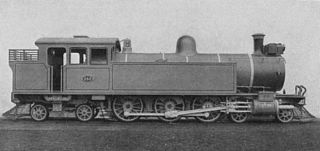
The South African Railways Class F 4-6-4T of 1904 was a steam locomotive from the pre-Union era in Transvaal Colony.
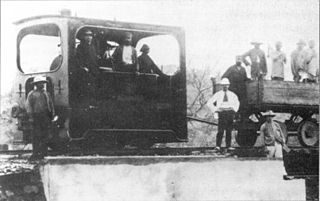
The NZASM 10 Tonner 0-4-0T of 1889 was a South African steam locomotive from the pre-Union era in Transvaal.
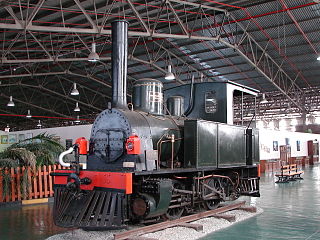
The NZASM 14 Tonner 0-4-0T of 1889 was a South African steam locomotive from the pre-Union era in Transvaal.
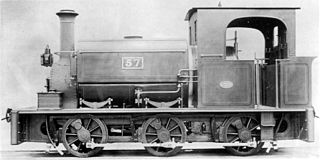
The NZASM 18 Tonner 0-6-0ST of 1890 was a South African steam locomotive from the pre-Union era in Transvaal.

The NZASM 19 Tonner 0-4-2T of 1891 was a South African steam locomotive from the pre-Union era in Transvaal.

The NZASM 32 Tonner 0-4-2RT of 1894 was a South African steam locomotive from the pre-Union era in Transvaal.

The NZASM 40 Tonner 0-6-2T of 1892 was a South African steam locomotive from the pre-Union era in Transvaal.

The Pretoria-Pietersburg Railway 26 Tonner 0-6-0ST of 1896 was a South African steam locomotive from the pre-Union era in Transvaal.

The Pretoria-Pietersburg Railway 35 Tonner 4-6-0T of 1887 was a South African steam locomotive from the pre-Union era in Transvaal.

The Central South African Railways Class E 4-10-2T of 1901 was a South African steam locomotive from the pre-Union era in Transvaal.

The Natal Government Railways Class K 0-4-0ST of 1891 was a South African steam locomotive from the pre-Union era in the Colony of Natal.
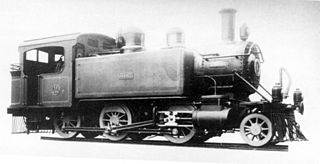
The Cape Government Railways 3rd Class 2-6-0T of 1900 was a South African steam locomotive from the pre-Union era in the Cape of Good Hope.






















